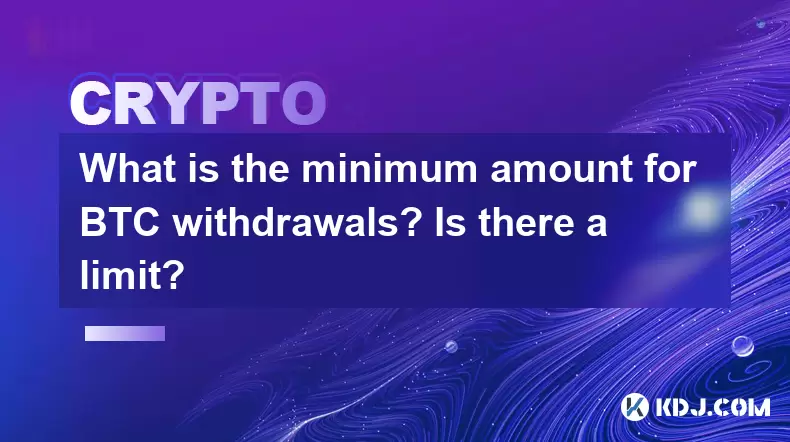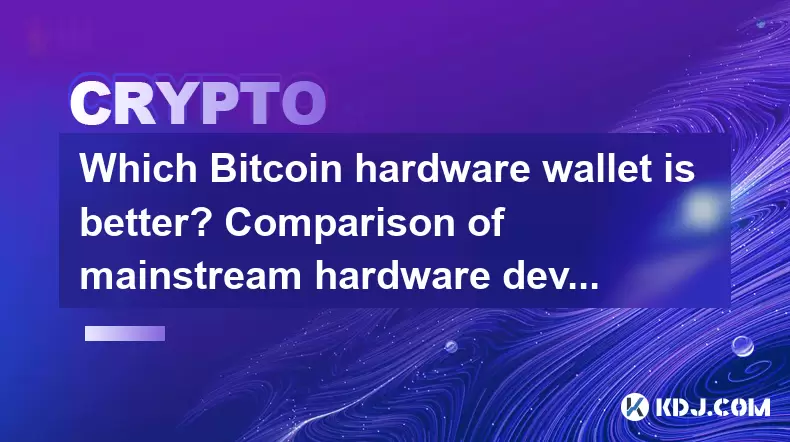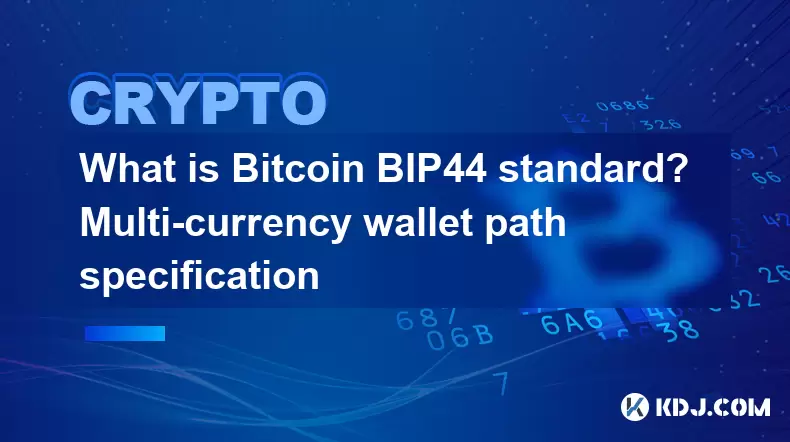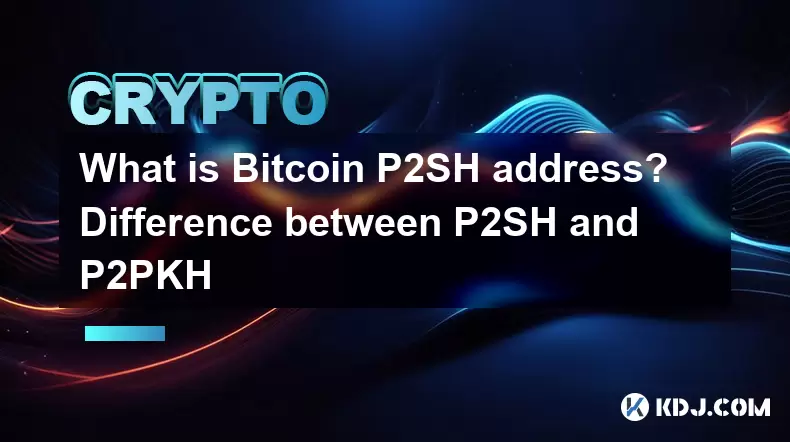-
 Bitcoin
Bitcoin $101,898.5005
-0.75% -
 Ethereum
Ethereum $2,258.1125
-1.07% -
 Tether USDt
Tether USDt $1.0004
0.01% -
 XRP
XRP $2.0178
-2.93% -
 BNB
BNB $624.0243
-1.53% -
 Solana
Solana $134.3298
-0.90% -
 USDC
USDC $0.9999
0.01% -
 TRON
TRON $0.2675
-2.05% -
 Dogecoin
Dogecoin $0.1538
-1.96% -
 Cardano
Cardano $0.5482
-1.11% -
 Hyperliquid
Hyperliquid $35.5636
5.45% -
 Bitcoin Cash
Bitcoin Cash $453.4902
-1.66% -
 Sui
Sui $2.5134
-2.97% -
 UNUS SED LEO
UNUS SED LEO $9.1292
1.77% -
 Chainlink
Chainlink $11.8457
-1.60% -
 Stellar
Stellar $0.2312
-2.73% -
 Avalanche
Avalanche $16.9721
0.29% -
 Toncoin
Toncoin $2.7549
-3.82% -
 Shiba Inu
Shiba Inu $0.0...01081
-1.10% -
 Litecoin
Litecoin $80.8250
-0.71% -
 Hedera
Hedera $0.1374
0.21% -
 Monero
Monero $305.4827
-2.36% -
 Ethena USDe
Ethena USDe $1.0006
0.00% -
 Dai
Dai $1.0000
-0.01% -
 Polkadot
Polkadot $3.2085
-3.12% -
 Bitget Token
Bitget Token $4.0845
-3.13% -
 Uniswap
Uniswap $6.3353
-1.63% -
 Pi
Pi $0.5085
-0.70% -
 Pepe
Pepe $0.0...08913
-3.82% -
 Aave
Aave $232.7090
-0.58%
What is the minimum amount for BTC withdrawals? Is there a limit?
Minimum BTC withdrawal amounts and limits vary by platform; Binance requires 0.001 BTC, while Coinbase needs 0.00015 BTC. Verify limits and adjust as needed.
May 13, 2025 at 03:49 pm

The minimum amount for Bitcoin (BTC) withdrawals and the associated limits can vary significantly depending on the platform or exchange you are using. Understanding these specifics is crucial for anyone looking to manage their cryptocurrency effectively. In this article, we will explore the minimum withdrawal amounts and limits for BTC across various popular platforms, providing detailed insights into how these policies work and what users need to know.
Understanding Minimum Withdrawal Amounts for BTC
Minimum withdrawal amounts for Bitcoin are set by cryptocurrency exchanges and wallets to cover the costs associated with processing transactions on the blockchain. These costs include transaction fees, which can fluctuate based on network congestion and other factors.
For instance, on Binance, one of the largest cryptocurrency exchanges, the minimum withdrawal amount for BTC is set at 0.001 BTC. This threshold ensures that the transaction fees do not disproportionately affect the user's balance. Similarly, Coinbase has a minimum withdrawal amount of 0.00015 BTC, reflecting their approach to balancing user convenience with operational costs.
Withdrawal Limits on Different Platforms
Withdrawal limits are another critical aspect to consider when dealing with BTC. These limits can be daily, weekly, or monthly and are designed to protect both the user and the platform from potential fraud or errors.
On Kraken, the withdrawal limit for BTC can vary based on the user's verification level. For example, a user with a basic verification might be limited to withdrawing 0.05 BTC per day, while a fully verified user might have a limit of 5 BTC per day. Bitfinex also implements tiered withdrawal limits, where the limits increase as the user's account matures and their verification level improves.
Factors Influencing Minimum Withdrawal Amounts and Limits
Several factors can influence the minimum withdrawal amounts and limits set by different platforms. Network fees play a significant role, as higher fees can necessitate higher minimum withdrawal amounts to ensure that the transaction remains cost-effective for the user.
Security measures are another crucial factor. Platforms may set higher minimums and limits to mitigate the risk of fraudulent activities. For instance, Gemini might adjust its withdrawal limits based on the user's account activity and security settings, ensuring that only verified and trusted users can perform large withdrawals.
Regulatory compliance also impacts these policies. Different jurisdictions have varying regulations regarding cryptocurrency transactions, which can lead to differences in withdrawal policies across platforms. For example, Bittrex might have different withdrawal limits for users in the United States compared to those in Europe, reflecting the regulatory environment in each region.
How to Check and Adjust Your Withdrawal Limits
To check and potentially adjust your withdrawal limits, follow these steps:
- Log into your account on the platform you are using.
- Navigate to the withdrawal section. This is usually found under the "Wallet" or "Funds" tab.
- Review your current limits. These are typically displayed next to the withdrawal options.
- Verify your identity if you haven't already. Many platforms offer higher limits to users who complete higher levels of verification.
- Contact customer support if you need to request a limit increase. Provide any necessary documentation and explain your need for a higher limit.
Examples of Withdrawal Policies on Popular Platforms
Let's look at some specific examples of withdrawal policies on popular platforms to give you a clearer picture:
- Binance: As mentioned earlier, the minimum withdrawal amount for BTC is 0.001 BTC. The withdrawal limit can be up to 100 BTC per 24 hours for fully verified accounts.
- Coinbase: The minimum withdrawal amount is 0.00015 BTC, and the daily limit can be up to 10 BTC for fully verified users.
- Kraken: The minimum withdrawal amount is 0.0005 BTC, with daily limits ranging from 0.05 BTC to 5 BTC depending on the verification level.
- Bitfinex: The minimum withdrawal amount is 0.0005 BTC, and the withdrawal limit can be up to 100 BTC per day for fully verified accounts.
Impact of Withdrawal Policies on Users
Withdrawal policies can significantly impact how users manage their BTC. For instance, if a user wants to withdraw a small amount of BTC, they need to ensure that the amount exceeds the minimum withdrawal threshold. Similarly, if a user needs to withdraw a large amount, they must be aware of their daily, weekly, or monthly limits and plan accordingly.
For example, a user on Binance who wants to withdraw 0.0005 BTC would not be able to do so because it falls below the minimum withdrawal amount of 0.001 BTC. Conversely, a user on Coinbase who wants to withdraw 15 BTC in a single day would need to spread their withdrawals over multiple days if their daily limit is set at 10 BTC.
Frequently Asked Questions
Q: Can I withdraw BTC to any wallet address?
A: Yes, you can withdraw BTC to any valid Bitcoin wallet address. However, ensure that the address is correct to avoid losing your funds. Some platforms may have restrictions on certain types of addresses, so it's essential to check the platform's policies.
Q: What happens if I try to withdraw an amount below the minimum threshold?
A: If you attempt to withdraw an amount below the minimum threshold, the transaction will be rejected by the platform. You will need to increase the withdrawal amount to meet the minimum requirement.
Q: How can I increase my withdrawal limits?
A: To increase your withdrawal limits, you typically need to complete higher levels of verification on the platform. This often involves providing additional personal information and documentation. Contacting customer support and explaining your need for a higher limit can also help.
Q: Do withdrawal limits reset daily, weekly, or monthly?
A: Withdrawal limits can reset daily, weekly, or monthly, depending on the platform's policy. For example, Binance has a daily limit, while Kraken might have both daily and weekly limits. Always check the specific policies of the platform you are using.
Disclaimer:info@kdj.com
The information provided is not trading advice. kdj.com does not assume any responsibility for any investments made based on the information provided in this article. Cryptocurrencies are highly volatile and it is highly recommended that you invest with caution after thorough research!
If you believe that the content used on this website infringes your copyright, please contact us immediately (info@kdj.com) and we will delete it promptly.
- BNB Price Check: Stablecoin Surge vs. Prediction Rollercoaster
- 2025-06-23 14:25:12
- Metaplanet's Bitcoin Bonanza: Holdings Skyrocket Amidst Market Swings
- 2025-06-23 14:25:12
- Global Meltdown, Investors, and Safe Havens: Navigating the Storm
- 2025-06-23 14:30:12
- NFT Sales Snapshot: Guild of Heroes, Polygon, and the Market's Shifting Sands
- 2025-06-23 15:25:12
- AVAX Support Holds, Eyes Potential Surge: What's Next?
- 2025-06-23 15:11:16
- Cointelegraph Under Fire: Exploits, Phishing, and the Crypto Media Minefield
- 2025-06-23 15:11:16
Related knowledge

Which Bitcoin hardware wallet is better? Comparison of mainstream hardware devices
Jun 16,2025 at 02:08am
What Is a Bitcoin Hardware Wallet?A Bitcoin hardware wallet is a physical device designed to securely store the private keys associated with your cryptocurrency holdings. Unlike software wallets, which are more vulnerable to online threats, hardware wallets keep private keys offline, significantly reducing the risk of unauthorized access. These devices ...

What are Bitcoin non-custodial wallets? Self-controlled private key recommendation
Jun 16,2025 at 11:29pm
Understanding Bitcoin Non-Custodial WalletsA Bitcoin non-custodial wallet is a type of digital wallet where users retain full control over their private keys. Unlike custodial wallets, which are managed by third-party services such as exchanges, non-custodial wallets ensure that only the user can access and manage their funds. This means no intermediary...

What is Bitcoin BIP44 standard? Multi-currency wallet path specification
Jun 15,2025 at 04:08pm
Understanding the BIP44 Standard in Bitcoin and CryptocurrencyThe BIP44 standard, which stands for Bitcoin Improvement Proposal 44, is a widely adopted hierarchical deterministic wallet structure used across various cryptocurrencies. It defines a structured path format that enables wallets to support multiple currencies while maintaining consistency and...

What is Bitcoin HD wallet? Advantages of layered deterministic wallets
Jun 16,2025 at 03:56pm
Understanding Bitcoin HD WalletsA Bitcoin HD wallet, or Hierarchical Deterministic wallet, is a type of cryptocurrency wallet that generates multiple keys and addresses from a single seed phrase. Unlike traditional wallets that create random private keys for each transaction, an HD wallet follows a structured hierarchy to derive keys in a deterministic ...

Is Bitcoin zero-confirmation transaction risky? Zero-confirmation usage scenarios
Jun 15,2025 at 03:57am
Understanding Zero-Confirmation Transactions in BitcoinBitcoin zero-confirmation transactions, often referred to as 'unconfirmed transactions,' are those that have been broadcast to the network but have not yet been included in a block. This means they have not received any confirmations from miners. While these transactions can be useful in certain con...

What is Bitcoin P2SH address? Difference between P2SH and P2PKH
Jun 16,2025 at 09:49pm
Understanding Bitcoin P2SH AddressesA Pay-to-Script-Hash (P2SH) address in the Bitcoin network is a type of address that allows users to send funds to a script hash rather than directly to a public key hash, as seen in earlier address formats. This innovation was introduced through BIP 16, enhancing flexibility and enabling more complex transaction type...

Which Bitcoin hardware wallet is better? Comparison of mainstream hardware devices
Jun 16,2025 at 02:08am
What Is a Bitcoin Hardware Wallet?A Bitcoin hardware wallet is a physical device designed to securely store the private keys associated with your cryptocurrency holdings. Unlike software wallets, which are more vulnerable to online threats, hardware wallets keep private keys offline, significantly reducing the risk of unauthorized access. These devices ...

What are Bitcoin non-custodial wallets? Self-controlled private key recommendation
Jun 16,2025 at 11:29pm
Understanding Bitcoin Non-Custodial WalletsA Bitcoin non-custodial wallet is a type of digital wallet where users retain full control over their private keys. Unlike custodial wallets, which are managed by third-party services such as exchanges, non-custodial wallets ensure that only the user can access and manage their funds. This means no intermediary...

What is Bitcoin BIP44 standard? Multi-currency wallet path specification
Jun 15,2025 at 04:08pm
Understanding the BIP44 Standard in Bitcoin and CryptocurrencyThe BIP44 standard, which stands for Bitcoin Improvement Proposal 44, is a widely adopted hierarchical deterministic wallet structure used across various cryptocurrencies. It defines a structured path format that enables wallets to support multiple currencies while maintaining consistency and...

What is Bitcoin HD wallet? Advantages of layered deterministic wallets
Jun 16,2025 at 03:56pm
Understanding Bitcoin HD WalletsA Bitcoin HD wallet, or Hierarchical Deterministic wallet, is a type of cryptocurrency wallet that generates multiple keys and addresses from a single seed phrase. Unlike traditional wallets that create random private keys for each transaction, an HD wallet follows a structured hierarchy to derive keys in a deterministic ...

Is Bitcoin zero-confirmation transaction risky? Zero-confirmation usage scenarios
Jun 15,2025 at 03:57am
Understanding Zero-Confirmation Transactions in BitcoinBitcoin zero-confirmation transactions, often referred to as 'unconfirmed transactions,' are those that have been broadcast to the network but have not yet been included in a block. This means they have not received any confirmations from miners. While these transactions can be useful in certain con...

What is Bitcoin P2SH address? Difference between P2SH and P2PKH
Jun 16,2025 at 09:49pm
Understanding Bitcoin P2SH AddressesA Pay-to-Script-Hash (P2SH) address in the Bitcoin network is a type of address that allows users to send funds to a script hash rather than directly to a public key hash, as seen in earlier address formats. This innovation was introduced through BIP 16, enhancing flexibility and enabling more complex transaction type...
See all articles
























































































